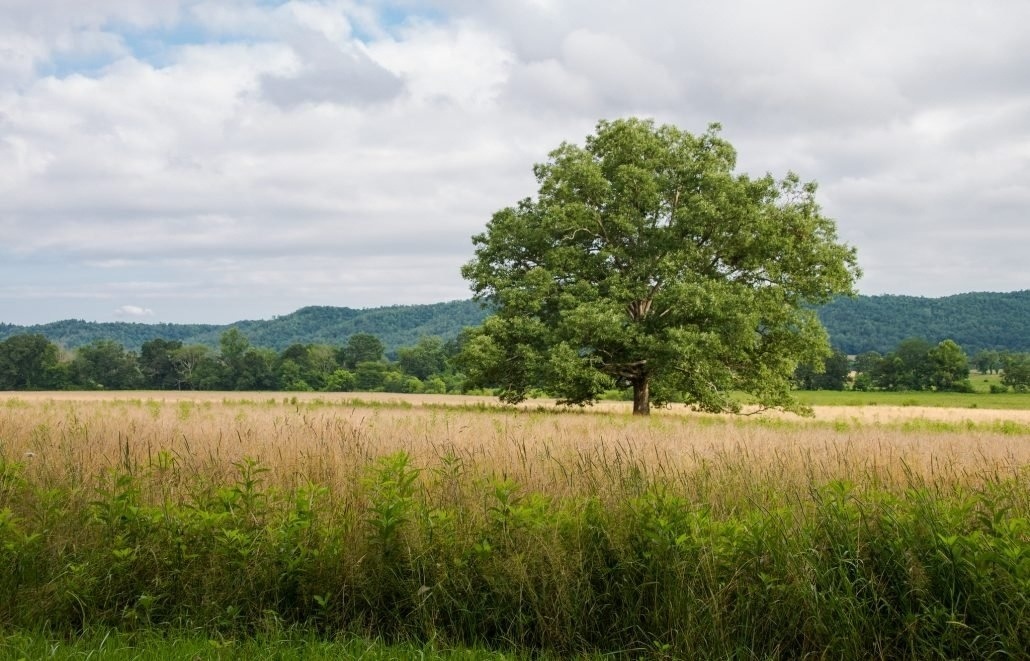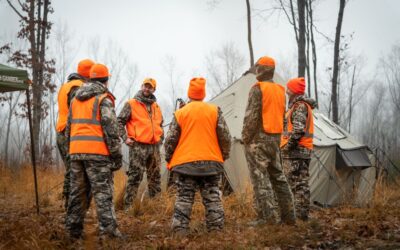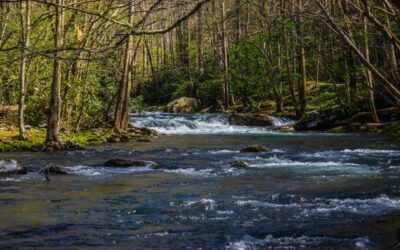The North American Grasslands Conservation Act is essential for restoring North America’s grasslands and prairies.
>>Sign the Grasslands Petition
The North American Grasslands Conservation Act will help farmers, ranchers, tribal nations, and others work to collaboratively address the immense challenges facing North America’s grasslands and prairies—one of the fastest disappearing ecosystems in the world. The legislation, introduced by U.S. Senator Ron Wyden (D-Ore.), will invest $290 million in voluntary initiatives to collaboratively conserve and restore native grasslands to support working ranch lands and to help recover wildlife like Henslow’s sparrow and monarch butterflies and safeguard this vital habitat for future generations.
“Grasslands were once a significant part of the southeastern United States and supported hundreds of species of wildlife and plants, many of which are rare today,” said Mike Butler, chief executive officer, Tennessee Wildlife Federation. “The North American Grasslands Conservation Act presents a proven approach to restoring these important grassland habitats, and we call on Congress to pass this important legislation.”
Grasslands are North America’s most imperiled ecosystem
“Grasslands are North America’s most imperiled ecosystem and without urgent, collaborative, conservation efforts, this essential habitat and the lives and livelihoods it supports are at risk. Just as we’ve restored millions of acres of wetlands through the North American Wetlands Conservation Act and the Duck Stamp, the North American Grasslands Conservation Act will mark a sea change in how we conserve, restore and revitalize our prairies for ranchers, hunters and wildlife alike,” said Collin O’Mara, president and CEO of the National Wildlife Federation. “Thank you to Senator Wyden for this landmark legislation that brings long overdue and much needed resources to what remains of this great American landscape that holds such importance for the future of both ranchers and wildlife. Congress should take up this landmark bill as soon as possible.”
Grasslands and sagebrush shrub-steppe systems are some of the most threatened ecosystems in the world. More than 70 percent of America’s tallgrass, mixed grass, and shortgrass prairies have vanished. According to recent research, the United States lost 1.1 million acres of grasslands every year from 2008 through 2016. Tennessee lost an average of 27,359 acres every year during the same period. Scientists like Dwayne Estes of the Southeastern Grasslands Initiative estimate that there were nearly 7 million acres of grasslands in Tennessee at one point.
“Over the last several hundred years, we’ve forgotten that many of our roads were originally built on bison trails. And while we aren’t likely to bring back free ranging herds of bison in Tennessee, we’ve watched as many of the animals we love and have fond memories of such as quail, monarch butterflies, bumble bees, and many others have experienced significant population declines within our lifetimes,” said Dwayne Estes, professor of biology, principal investigator for the Center of Excellence for Field Biology at Austin Peay State University and executive director of the Southeastern Grasslands Institute (SGI). “Habitat loss is a big factor in all of those declines and the habitat is grasslands.”
Additionally, on average, about 1.2 million acres of sagebrush burn each year due to invasive annual grasses that fuel catastrophic wildfire.
This habitat loss has caused total grassland bird populations to decline by more than 40 percent since 1966. Some species, such as the Henslow’s sparrow, teeter at the edge of extinction. Species that had been economically significant throughout American history, like the bobwhite quail, have seen declines of nearly 85 percent in the last half century.
Grasslands are a natural climate solution
Grasslands are a natural climate solution, and healthy working grasslands not only provide soil, water and wildlife benefits, but they sequester a significant amount of carbon. Researchers have found that the loss of carbon when grasslands are converted to cropland is equivalent to the greenhouse gas emissions from around 27 million cars on the road every year.
The $290 million from the North American Grasslands Conservation Act would directly invest in voluntary grassland and sagebrush restoration and conservation projects, such as incentivizing prescribed burns, managing invasive species, grazing management training and grassland conservation easements. Additionally, the bill would provide at least $29 million in dedicated funding opportunities for tribal nations to engage in grasslands conservation and include tribal representation on the program’s governing council.
This legislation would create, for the first time, a North American Grasslands Conservation Strategy to identify key areas of grasslands at risk of degradation, establish goals for increasing grasslands acreage and develop baseline inventories of wildlife species throughout grasslands habitat.
Photo credit: Drew Senter




